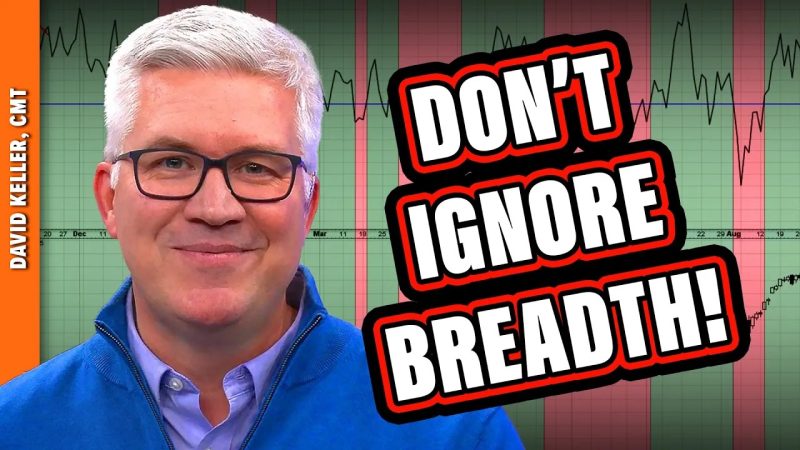Breadth indicators are a crucial component of analyzing market trends and making informed investment decisions. These indicators provide valuable insights into the overall health of the market by measuring the number of securities participating in a price movement. By analyzing breadth indicators, traders and investors can gain a deeper understanding of market sentiment and potential future price movements. In this article, we will explore five essential breadth indicators that you cannot afford to ignore when assessing the market.
1. Advance-Decline Line (AD Line):
The Advance-Decline Line is a breadth indicator that tracks the number of advancing stocks versus declining stocks over a specified period. By comparing the number of stocks moving up versus down, the AD Line provides a broad view of market strength or weakness. A rising AD Line indicates a healthy market where the majority of stocks are advancing, signaling a bullish trend. Conversely, a declining AD Line suggests a weakening market sentiment and a potential bearish trend.
2. McClellan Oscillator:
The McClellan Oscillator is a momentum indicator that measures the difference between advancing and declining stocks using exponential moving averages. This indicator provides a more sensitive reading of market breadth compared to the AD Line, making it useful for detecting short-term market trends. A positive McClellan Oscillator reading indicates bullish market breadth, while a negative reading suggests bearish market conditions.
3. New Highs-New Lows Index:
The New Highs-New Lows Index tracks the number of stocks hitting new highs versus new lows over a specific period. A high number of new highs relative to new lows indicates a healthy and robust market, reflecting positive investor sentiment. On the other hand, a surge in new lows compared to new highs could signal deteriorating market breadth and a potential downturn.
4. Arms Index (TRIN):
The Arms Index, also known as the TRIN (Short-Term Trading Index), is a breadth indicator that combines advancing and declining issues with trading volume to gauge market sentiment. A TRIN value above 1 suggests bearish market conditions, while a value below 1 indicates bullish sentiment. Extremely high TRIN values may indicate panic-selling and oversold conditions, while very low values could signal overbought market conditions.
5. Cumulative Volume Index:
The Cumulative Volume Index (CVI) measures the cumulative volume of advancing and declining stocks over an extended period. By analyzing the total volume traded in advancing versus declining stocks, traders can assess the strength of a price trend. Significant divergences between price movements and volume trends on the CVI can provide valuable insights into potential market reversals and trend changes.
In conclusion, breadth indicators play a vital role in analyzing market trends, gauging investor sentiment, and identifying potential trading opportunities. By closely monitoring these key breadth indicators, traders and investors can make well-informed decisions and navigate the complexities of the financial markets with greater confidence. Incorporating these essential breadth indicators into your market analysis toolkit can enhance your understanding of market dynamics and help you achieve more successful trading outcomes.

